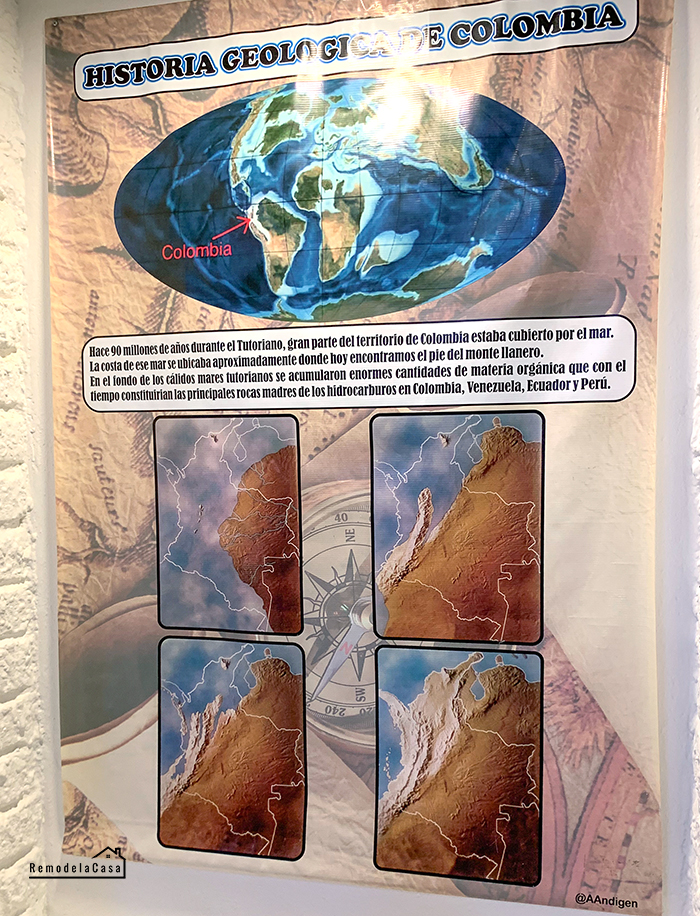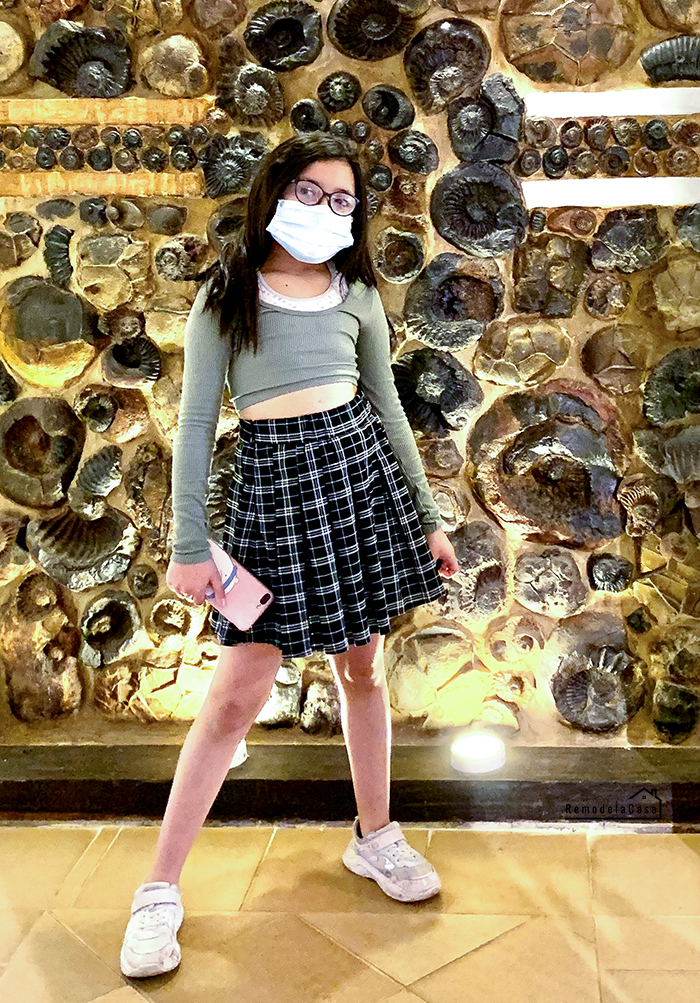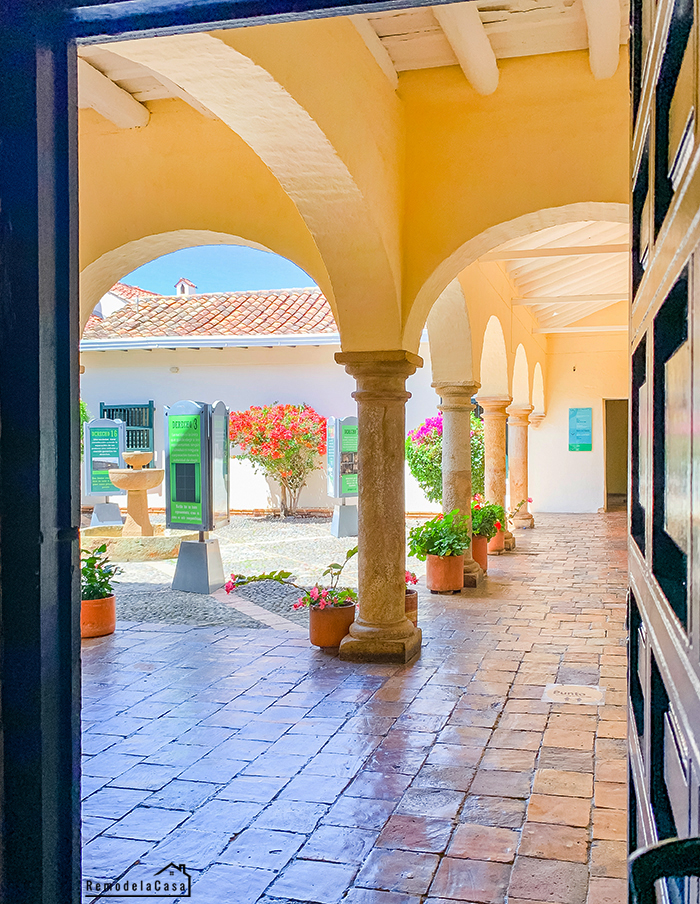I'm back with another fun travel post from Villa de Leyva, Colombia. This time I want to take you on a tour of the Fossil Museum. A small museum built around an impressive Kronosaurius, a pliosaur fossil found in the area.
The museum is situated a few kilometers away from la Plaza Mayor in Villa de Leyva, you could walk there, although I recommend taking a ride. This is a museum that was founded and upkept by the community. The profits go towards museum maintenance and supporting local farmers and their families.
As we arrived, the previous tour was still taking place, so we had to wait about 15 minutes. Since its a small museum, the entire tour will take you around an hour or less.
The weather was beautiful, we quite enjoyed our waiting time.
Here at the entrance of the museum, my daughter and niece Cami were making their own plans.
The story says that one Sunday in June 1977, a peasant, who was also a local fossil hunter, was on his way to find a worker to help him harvest peas, when he noticed what seemed to be part of a buried fossil.
Well, it turned out to be the skeleton of a Kronosaurus! Here's a picture of when the fossil was discovered back then.
All throughout you get to see different types of marine fossils found in the area.
And a big amount of ammonites.
This ammonite wall display was the favorite background for my nieces to pose for a pic. ;)
A Kronosaurus - meaning "lizard of Kronus" is an extinct pliosaur, about 30-36-feet long, named after the leader of the Greek Titans: Kronos.
The main reason on how or why a Kronosaurus could be found here in the middle of Colombia is because back then (only 90 millions of years ago) a vast amount of the Colombian territory was covered by the sea.
The Kronosaurus Boyacencis, as the fossil was identified by scientists later on, is more than 26-feet long. A carnivorous marine reptile that lived in the seas more than 110 million years ago.
The museum was built around the Kronosaurus, leaving it right here in the same spot where it was discovered.
It is a huge fossil!
Here in this next picture you can see it among some other prehistoric reptiles/dinosaurs.
 |
| Image: Encyclopedia Britannica |
The Kronosaurus is such a colossal fossil that the rest of the exhibit seem quite minuscule compared to it. As usual, I also enjoyed noticing the architectural details that makes this a very charming and unique museum.
Interesting fossilized sections of trees, seeds, fishes, stones, sea shells.
I hope you've enjoyed this small recap of our visit to the fossil museum in Villa de Leyva! If you happen to be in the area, this would be a nice trip to learn more about this region and to support the museum and town.
Check these previous posts to discover more about this beautiful city:

















I'm really enjoying these visits, such beautiful architecture! Amazing shots and the dinosaur is amazing! Sandi
ReplyDeleteGood to hear that, Sandi! The entire town is so pretty!
Delete